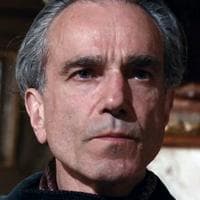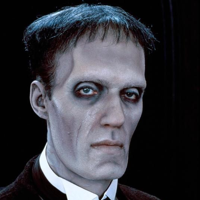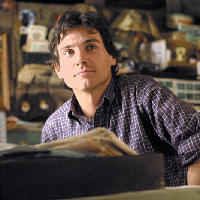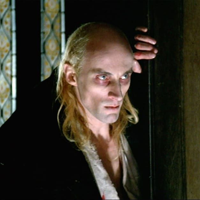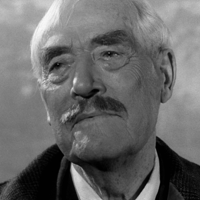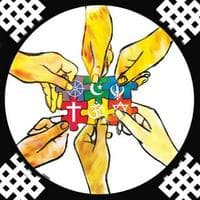Melvin Udall typ osobowości MBTI
Osobowość
"Jaki typ osobowości jest {profilename}? {profilename} jest typem osobowości {mbti} w mbti, {enneagram} - {iv} - {tritype} w enneagram, {big5} w Big 5, {sociionics} in Socionics."
Sorry to disrupt the 1w9 fragile consensus, but in this clip — https://www.youtube.com/watch?v=A75AgrH5eqc — Melvin explicitly says that he needs this girl to "want to be a better man". It's not a goal he has set for himself forever. It's new. Wanting to be (always) better is the definition of type One, so imo he can't be one. Y'all must have typed him as such just because of his external behavior, obsessions about the "right" things to do, etc. But that's just a particular symptom of his illness. Now, he's crazy, but he's not One-crazy, he's MY kind of crazy —Five-crazy. Just let me be myself, alone for too long, and go nuts for a while, and that would be the exact result: https://www.youtube.com/watch?v=nac6g5Fmi54 "As unhealthy Fives retreat further and further into their isolation, their belief in their ability to cope with the world disintegrates. Further, their lack of contact with other people allows their fearful thoughts to run rampant without being checked. They begin to feel that the world is closing in on them, and that it will show them no mercy. At this stage, Fives have reduced their activities and their living conditions to the point where there is nowhere left to retreat. They may be living in a single room and almost never venture forth from it, or literally hiding out in the basement of a friend's or relative's house. The only place left to go is deeper into their own minds, but because their minds are the true source of their terrors, this becomes their ultimate undoing. At Level 8, Fives have tremendous difficulty distinguishing between the sensory impressions generated by the environment and those which have their origin in their fearful thoughts. Thus, unhealthy Fives see all of reality as an implacable, devouring force. The world appears to them like a delirious fever dream—an insane landscape, like something out of a Hieronymus Bosch painting. Almost nothing in the environment is a source of comfort or reassurance. The more Fives look at the world through their distorted perceptions, the more horrified and hopeless they become. As their fears spread and grow in intensity, they encompass and distort more of reality until doing anything becomes impossible, because everything is charged with terrifying implications. Thus, neurotic Fives may begin to be incapacitated by phobias. Inanimate objects take on a sinister appearance—the ceiling is about to collapse on them, their armchair may swallow them up, the television is giving them brain cancer. They may also experience hallucinations—hearing voices or having grossly distorted visual perceptions. They begin to experience their bodies as alien, perceiving their physical selves as turning against them just as the environment has seemed to turn against them. Neurotic Fives cannot rest or sleep or distract themselves, because they must be vigilant—and because they cannot turn off their minds. As a result, they become physically exhausted, which only compounds their problems. (…) Their healthy ability to find connections and to draw conclusions from disparate facts now works against them. Mental connections go haywire; they relate things which have no basis in fact, yet neurotic Fives are absolutely convinced that they are related. The behavior of birds becomes indicative of political trends. The number of raisins in a bowl of cereal portends the number of months to global cataclysm. Unhealthy Fives see existence as pointless and horrifying, yet constantly assign sinister meanings to trivial daily phenomena. (…) They cannot stop their horrific thoughts and fantasies and are almost completely incapable of doing anything positive for themselves. Worse, they resist all help from others, fearing that they will become even more powerless by accepting assistance. Getting help would also be the final confirmation of their own uselessness, their own inability to cope. They are likely to avoid or flee anyone reaching out to them." (Don Riso, from the Enneagram Institute) And that's the whole story, the whole Melvin's character arc. Accepting help from a very altruistic girl that he feels (and knows) can help him —but it's too hard for him to accept he actually needs help (see his attitude with the doctor). That's because he (thinks he) wants to be "autonomous", alone, and cope with life by himself (core 5 motivation), not because he wants to be good and don't is afraid of coming across as imperfect (core 1). He's blunt and "bad" af. https://youtu.be/8z7YDo44-xE?t=2 By the way, this whole "my life hanging to this one person" is a very 4/2 thing, so that and Melvin's artistic endeavor makes me go with 4-wing. So, a 5w4. Now, look at him dealing with small talk and emotional people. Typical 5 behavior, not even necessarily unhealthy Five: https://youtu.be/c-ecbGNxEHM?t=46 A beautiful, admirative young blonde reader is "a nightmare"… She says: "How do you read my mind so well?" "I think of a man. And I take away reason, and accountability." Hahaha!
Biografia
#JackNicholson as Melvin Udall




